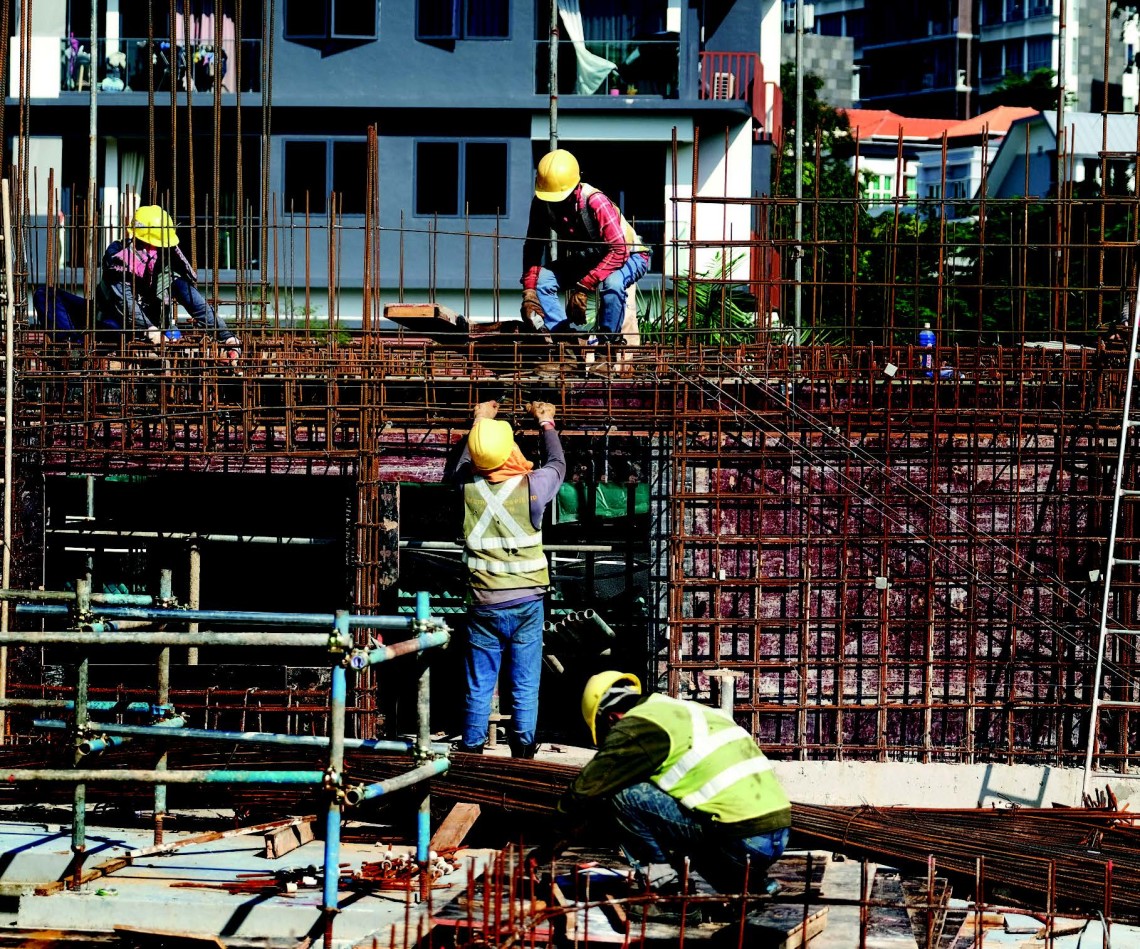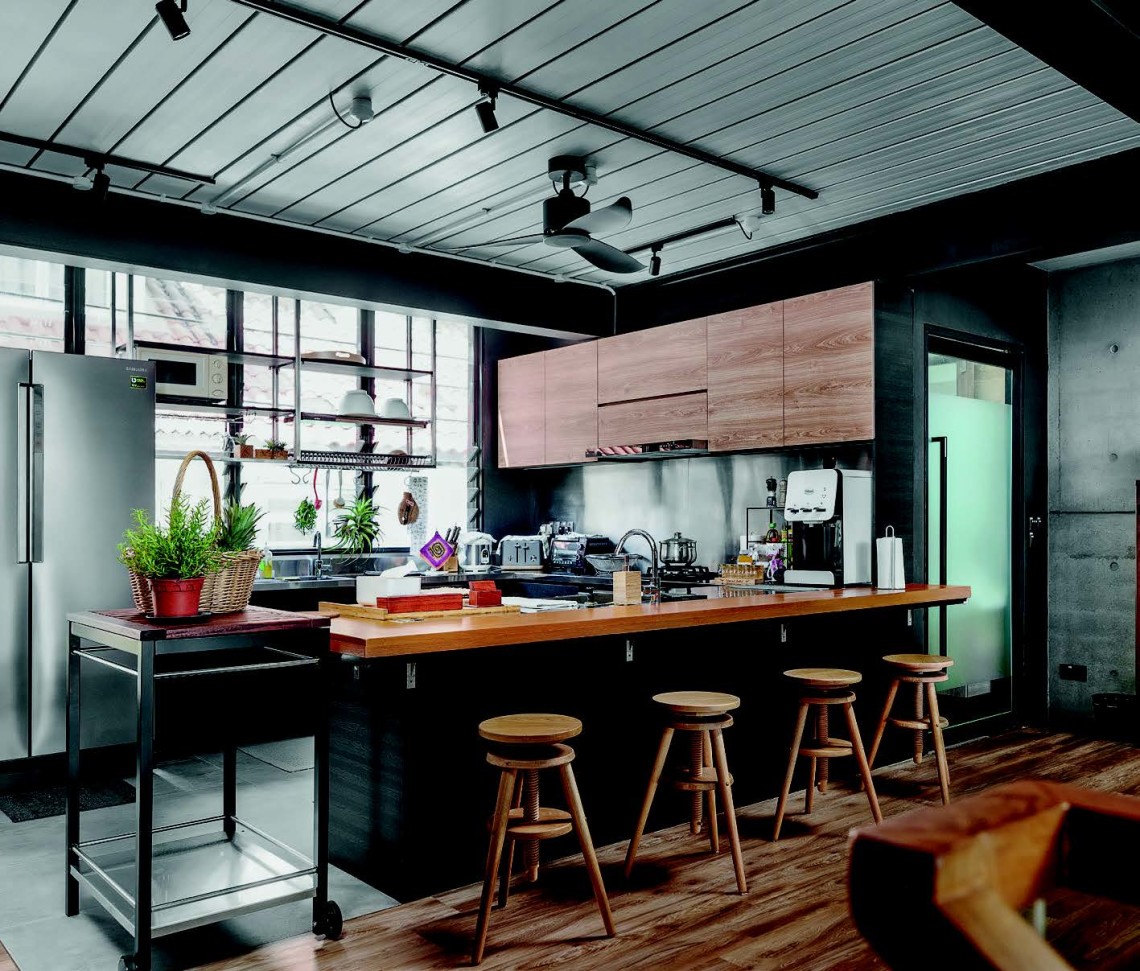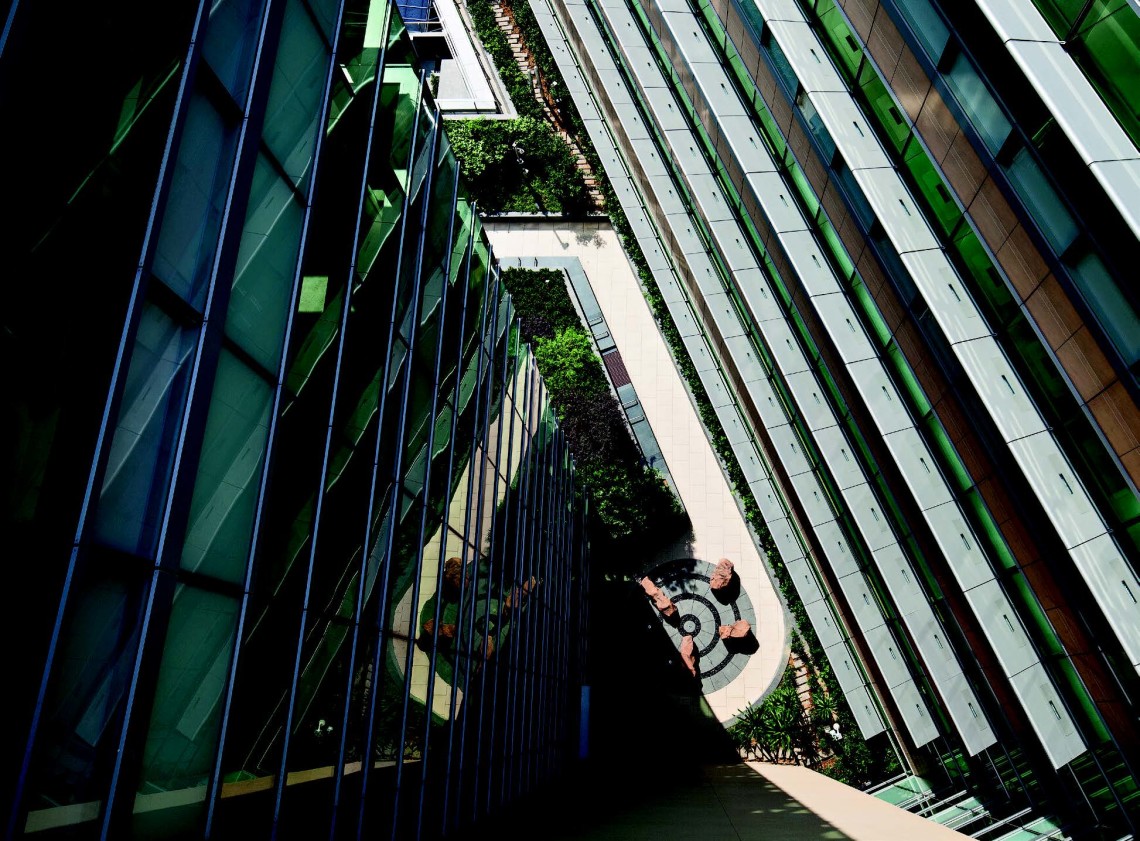COVID-19 HAS CHANGED THE WAY SINGAPOREANS WORK AND WHAT THEY WANT FROM THEIR HOMES. THIS WILL HAVE A LASTING EFFECT ON THE PROPERTY MARKET – AND IN SURPRISING WAYS.


COVID-19 HAS CHANGED THE WAY SINGAPOREANS WORK AND WHAT THEY WANT FROM THEIR HOMES. THIS WILL HAVE A LASTING EFFECT ON THE PROPERTY MARKET – AND IN SURPRISING WAYS.
In a year of unprecedented upheavals, perhaps the strangest phenomenon in Singapore has been silent construction sites brought to a halt as Covid-19 spread through the 340,000-strong construction, shipyard and process foreign worker community. Today, as workers return to building sites with new distancing protocols, the fallout of the pandemic is becoming clearer – and the effects are likely to last longer than many could have ever imagined.
As senior director at CIAP Architects, Theodore Chan’s job is to imagine and design that future while tackling more pressing, immediate issues.
He tells The Peak, “We’ve done a lot of healthcare projects – medical centres, clinics and hospitals – and have ongoing projects. But clients have been coming back to us and saying: ‘You know, with this new normal from the pandemic, perhaps we should review the spacing, even in the office. Instead of being 1m apart, should we be 1.5m or 1.8m?’”

Construction workers at The Verandah Residences construction site, 231 Pasir Panjang Road. Taken on 26 Dec 2020.
This social distancing also applies to construction sites. “The Ministry of Manpower now controls the number of workers one can have at a work site,” Chan says. “Where I used to have 500 workers, I can only have 250 workers now. So what’s going to happen? Productivity is going to be affected very badly. It’s simple mathematics. If a construction project used to take eight months, it’s going to take 16 months now.”
These delays are something the industry has been grappling with. What's more, as most contracts do not list pandemics as force majeure events, developers are not required to grant contractors’ requests for an extension.
“It is a very daunting problem, especially for public sector projects,” says Chan. “The authorities have come in to say they will support the contractors. They will pay 50 percent of the additional charges due to prolongation and the contractor will pay the other 50 percent. This is an ex gratia kind of thing. It is to acknowledge that Covid-19 is nobody’s fault, neither the contractor’s nor the client’s.


Designers are weighing the pros and cons of prefabrication.
"We hope the private sector will follow what the government is proposing. The delays increase costs for consultants, too. If we had factored in 12 months for a project that is now going to go on for 24 months, where am I going to get the fees to cover the additional man-hours?”
Prefabrication is currently a more expensive option because the cost of foreign labour in Singapore is still very cheap.
In some ways, the pandemic may have accelerated changes in the industry that were already coming. On one hand, the authorities have shown concern about the reliance on foreign labour. On the other, building technologies are improving. Chan envisions some opportunities because of the confluence of these factors.

Hospitals need to rethink layouts and look at having staging areas to use during pandemics.
“The construction industry in Singapore suffers from what I call the 3-D syndrome. It’s dirty, dangerous and difficult, which are some of the reasons why it is so difficult to attract younger Singaporeans to the industry. If construction methods could circumvent this problem, and foreign workers lived better, I think this would attract a new cohort of the younger generation.”
The key here is prefabrication (prefab). “It is currently a more expensive option,” says Chan, “because the cost of foreign labour here is still very cheap. So long as this remains the case, it will be hard to wean the industry from that. But Singapore is a small country and we have a very strong government, so I think that if they really wanted to do it, they could.”
And while there is a common perception that prefab is inflexible in terms of design, Chan is more bullish. “With the advent of 3D printing, you can print any form you want. Whatever you can draw, the machine can do it,” he says. This could also change the way construction sites work. “I imagine you could have a site where all the components are either 3D-printed or prefabricated in a factory. These could be shipped to the site for assembly by robots instead of being built from scratch. Robot cranes, robot arms and things like that. It is definitely doable. It is just a question of how much push you want to give to it.”

CIAP Architects worked on the Mount Elizabeth hospitals.
“From a global perspective, whether we’re talking about Singapore or about Australia, the UK or the US, I think there has been a shift in looking for larger accommodation away from city centres. Covid-19 really has focused on high infection rates in cities, which means people have been escaping from the city to live with their parents or to their holiday home. And the more that they become comfortable with their ability to work from home – whether for a full work week or maybe one or two days – the more they realise that there is another way to live.”
Obviously, Singapore is a special case as there is no countryside in which to buy holiday homes. On top of that, travel restrictions are changing buyer behaviour. However, Marriott says, “There’s been a greater interest in landed properties in Singapore. I think high net worth individuals have naturally refocused on their home market because they have not flown for over six months. Just because there’s a pandemic, this doesn’t mean that you shouldn’t think about what to do with high net worth cash.

The modernist spacious areas of the 20th century was partly influenced by the Spanish flu.
“Combined with having spent a considerable amount of time at home, there has been a growth in appreciation of what the home has to offer,” he says. “Anecdotally, I see a lot more people out on the cycling and walking tracks than I’ve ever seen before. It is the local community enjoying Singapore for what it is.”
Many of the new entrants in the landed property and high-end apartment markets in Singapore are tech-sector entrepreneurs, according to Marriott. They are also people with flexible working arrangements.
As high net worth individuals “like to stamp their personality onto their homes, whether through rebuilding or refurbishment”, says Marriott, will we see new architectural forms? Consider the clean lines of the modernists in the early 20th century that have been attributed to a collective memory of the Spanish flu, say some critics.

Chris Marriott, CEO of Southeast Asia for Savills.
“I don’t think we will see changes in architectural forms,” says Chan, “but there may be changes in the design of the products that go into it. I think this idea of hands-free operation is something that will come in a very big way.”
He envisions hands-free lift lobbies, bathroom taps that automatically dispense soap, water and drying air, and technology such as facial recognition cameras to track people’s movements through buildings. Bacteria-resistant materials are another area where he sees advances. “Like everything else, whoever is the first to incorporate all these so-called anti-pandemic, anti-Covid facilities into their project could use this as a marketing tool to say that their project is pandemic-ready.”
From an architectural form perspective, Chan also sees room for change. “Now, if you go to any of the healthcare facilities in Singapore, you will see that they have erected all these temporary tentages on the ground floor. And they look very messy. This is because they were not ready for it. Down the line, I would suggest that perhaps every hospital should have a staging area that could be used for public activities, recreation or whatever during non-pandemic times. During a pandemic, it becomes a ground-zero disaster area.”

Many high net worth individuals stamp their personality through rebuilding or refurbishment.
THE OFFICE IS DEAD, LONG LIVE THE OFFICE
While Chan predicts that the demand for office space will fall, stressing that this is just a prediction, he also sees upward pressure.
“Bosses like to eyeball their staff so they know that they are working in the office,” he says. However, because of social distancing, an office that may have provided workspaces for 100 people may now only be able to accommodate 50.
Marriott is more sanguine. “Brand culture has to continue,” he says. “As a business, you have to have very, very strong brand buy-in by your employees, which requires an in-office culture. You can only do so much online. There is a limitation. But if people are thinking about having another day at home or working from home for a day that's okay. The quality of life should improve. We have the technology and the ability to improve not only the work-life balance, but also the productivity of the workforce.”
PHOTO SPH SOURCE: CMG























